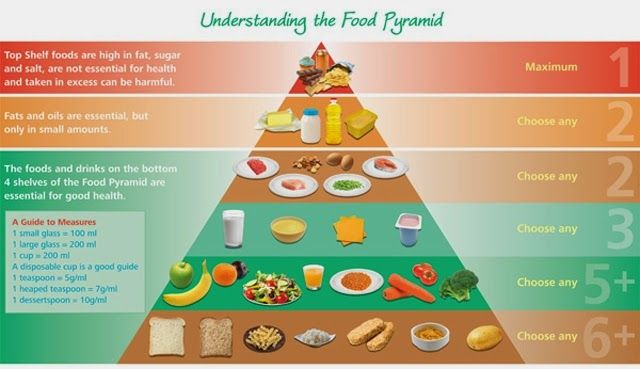
Dancing and balanced nutrition are two essential components of a healthy lifestyle. When combined, they create a harmonious pair that enhances physical and mental well-being. This article explores the benefits of dancing and the importance of maintaining a balanced diet, highlighting how these two elements complement each other for optimal health.
The Joy of Dancing
Dancing is not just a form of entertainment; it is a fantastic workout that improves cardiovascular health, muscular strength, and flexibility. Whether you prefer ballroom, hip-hop, salsa, or ballet, dancing offers numerous physical and mental advantages. By engaging in regular dance sessions, you can increase your muscle tone, endurance, and coordination. Dancing also boosts your aerobic fitness, promoting a healthy heart and lungs. Moreover, the rhythmic movements and music release feel-good hormones called endorphins, easing stress, anxiety, and providing an overall sense of joy.
Benefits of a Balanced Nutrition
In order to fuel your body for dancing and maintain optimal health, it is crucial to follow a balanced nutrition plan. A balanced diet consists of various essential nutrients, including carbohydrates, proteins, fats, vitamins, and minerals. Carbohydrates are the primary source of energy for dancers as they provide the required fuel to perform energetic routines. Incorporating whole grains, fruits, and vegetables into your diet ensures a steady release of energy throughout the day. Proteins, found in lean meats, fish, legumes, and dairy products, are essential for muscle growth and repair. They aid in the recovery process after intensive dance sessions, helping to strengthen and tone your body. Fats, often misunderstood, are an important part of a balanced diet. Healthy fats, such as those found in avocados, nuts, and olive oil, provide vital nutrients and contribute to a well-functioning body. They also help with joint lubrication, making movements smoother and reducing the risk of injuries. Vitamins and minerals play a key role in maintaining overall health and supporting optimal bodily functions. Ensuring an adequate intake of fruits, vegetables, and whole foods provides the necessary micronutrients, such as vitamin C, calcium, and iron. These nutrients strengthen bones, boost immunity, and aid in the absorption of other nutrients.
The Synergy between Dancing and Balanced Nutrition
Pairing dancing with balanced nutrition magnifies the benefits of both practices. When you dance regularly, your body’s metabolism increases, requiring more energy from the food you consume. By following a balanced diet, you provide your body with the necessary nutrients and calories to support your dancing endeavors. Dancing, being a dynamic physical activity, burns a significant amount of calories. Therefore, it is essential to replace those calories with nutrient-rich foods to prevent deficiencies and maintain a healthy weight. Additionally, dancers often require increased protein intake to support muscle repair and growth. Including lean proteins, such as chicken, fish, and tofu, can enhance your dancing performance. Balanced nutrition not only fuels your dance routines but also aids in injury prevention. By consuming a variety of nutrients, you strengthen your bones, muscles, and connective tissues, making them more resilient to the demanding movements associated with dancing.
Creating Healthy Habits
Developing healthy habits by incorporating nutritious meals and regular dance sessions into your lifestyle can have a transformative effect on your overall well-being. Consider embracing a diverse and colorful diet, enjoying an array of fruits, vegetables, whole grains, lean proteins, and healthy fats. Experiment with different recipes and flavors to keep your meals interesting and enjoyable. Prioritize hydration by drinking an adequate amount of water daily to maintain proper bodily functions. Furthermore, aim to engage in dance sessions at least a few times a week. Join a local dance class, participate in dance challenges, or simply dance to your favorite tunes in your living room. The key is to move your body, have fun, and reap the physical and mental benefits.
Conclusion
Dancing and balanced nutrition are undoubtedly a harmonious pair, working together to promote a healthy lifestyle. Engaging in regular dance sessions and following a balanced diet provide countless benefits, including improved cardiovascular health, strength, flexibility, and overall well-being. By embracing both practices, you can achieve optimal physical and mental health, ensuring a joyous and fulfilled life.

